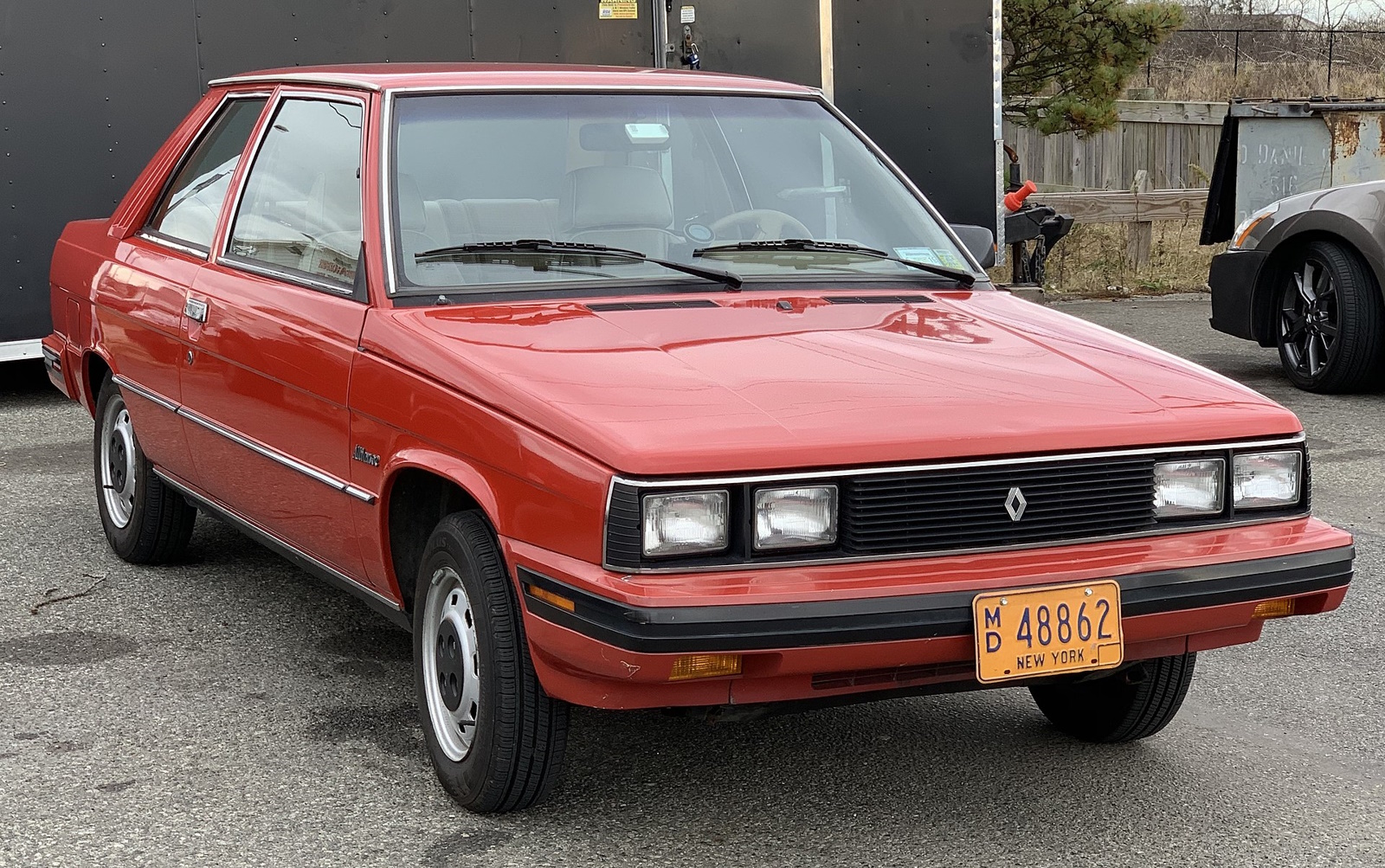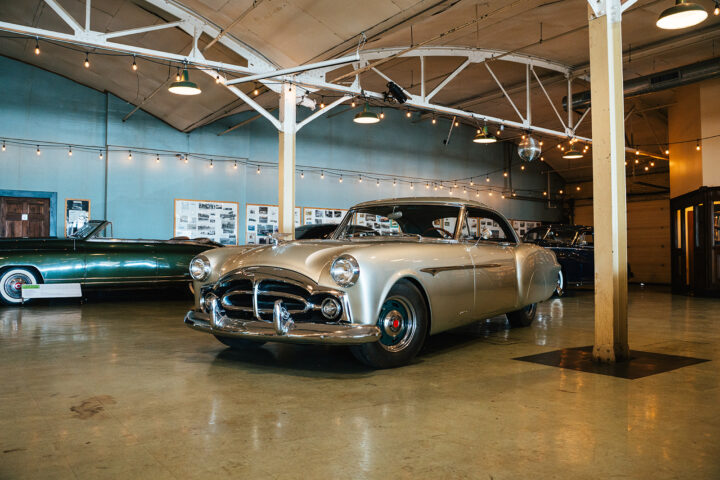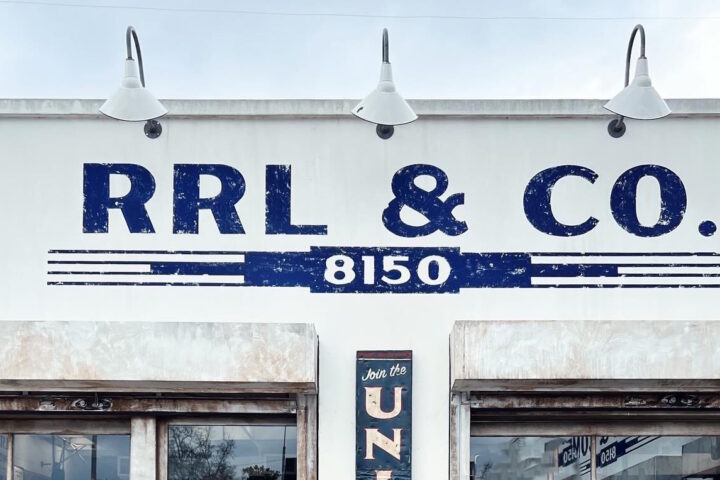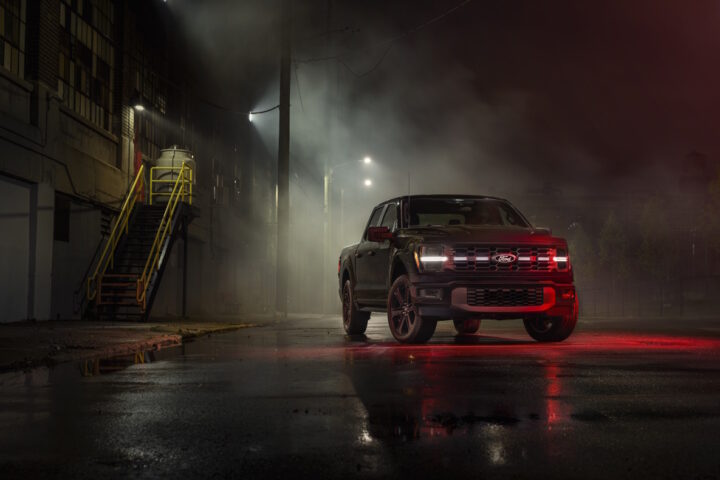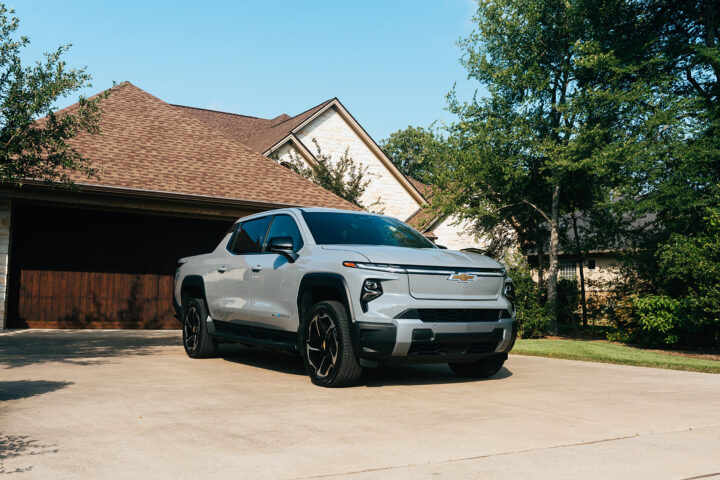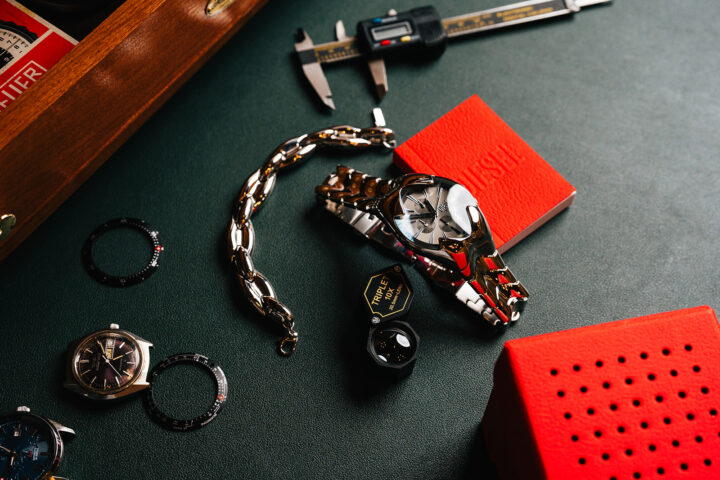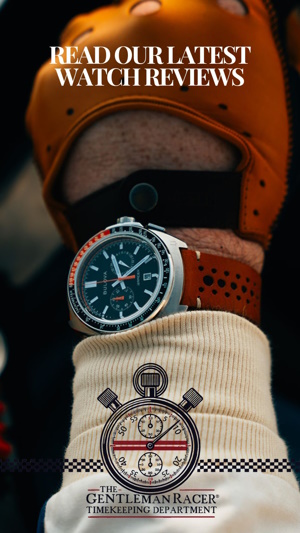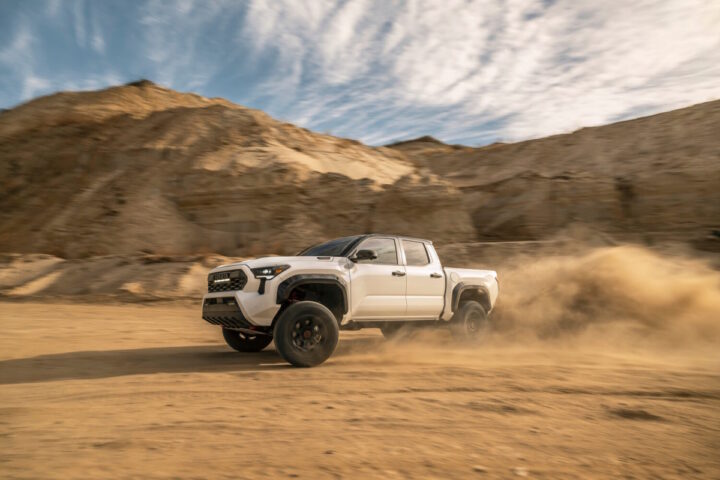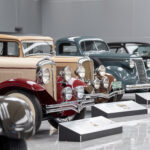The automotive world is filled with iconic vehicles that have left their mark on history, the Renault Alliance, isn’t one of them. I did however own one of these front-wheel-drive subcompact automobiles that played a unique role in the American automotive landscape during the 1980s. While I have often considered it the worst car that I have ever owned, I do something think it would be fun to have a nicely restored GTA version of the car, just as a novelty. If you happen to find one for sale, here is everything you need to know about the Renault Alliance.
The Renault Alliance was manufactured and marketed in North America by American Motors Corporation (AMC) from 1983 to 1987. It was not just an ordinary car; it was the result of a collaboration between American and French automakers, It was meant to offer a touch of European flair and American sensibility and it was aimed directly at the Chrysler K Platform and the new waves of Japanese imports that were taking market share since the gas crisis. This paired with new safety regulations, emissions controls, and consumer demand for better fuel economy had weakened AMC’s position.
Banks were reluctant to provide further credit to AMC for developing new products, so the company turned to Renault for a $90 million loan. In return, Renault gained a controlling interest in AMC, leading to a partnership that would birth the Renault Alliance.
The Renault Alliance featured exterior styling by Robert Opron, director of Renault Styling, and interior design by AMC’s Dick Teague. It was available in two- and four-door sedan configurations initially, with three- and five-door hatchback variants marketed as the Renault Encore introduced in 1984. Additionally, a convertible model was introduced in 1985. One unique aspect of the Alliance was its development process. Renault and AMC’s design teams worked closely together, resulting in a blend of European and American design elements that is noticeable.
The Evolution of the Renault Alliance:
- 1983: The Alliance made its debut as a 2- or 4-door sedan, featuring a thrifty, transverse four-cylinder engine. It was lauded for its excellent fuel economy, making it a sensible choice in a post-oil crisis era.
- 1984: The introduction of the Renault Encore, a hatchback model, expanded the Alliance lineup. Sales increased, and AMC recorded a profit for the first time in years.
- 1985: The Alliance received a 1.7 L fuel-injected engine option, enhancing its performance. Additionally, a convertible model was introduced, marking AMC’s return to this body style.
- 1986: Economic conditions and lower gas prices led to decreased sales, but AMC offered zero-interest financing to attract buyers.
- 1987: A performance version called the Renault GTA was added for the 1987 model year. All models received a front-end facelift. However, by mid-1987, Chrysler had acquired AMC, leading to the discontinuation of the Alliance.
The Renault Alliance received positive reviews from various sources. It was listed as the number one car on Car and Driver’s list of Ten Best Cars for 1983. The car’s excellent reputation contributed to increased sales and AMC’s profits.
However, the Alliance faced challenges in the market. Its less powerful engine and limited model offerings made it less competitive against other subcompact cars. Additionally, Renault’s handling of quality control and distribution network support led to issues with the car’s image and increased warranty costs.
In the end, the Renault Alliance had the unique distinction of saving AMC while contributing to its eventual merger with Chrysler. Despite its challenges, it left a mark on the American automotive landscape and remains a fascinating chapter in automotive history.

